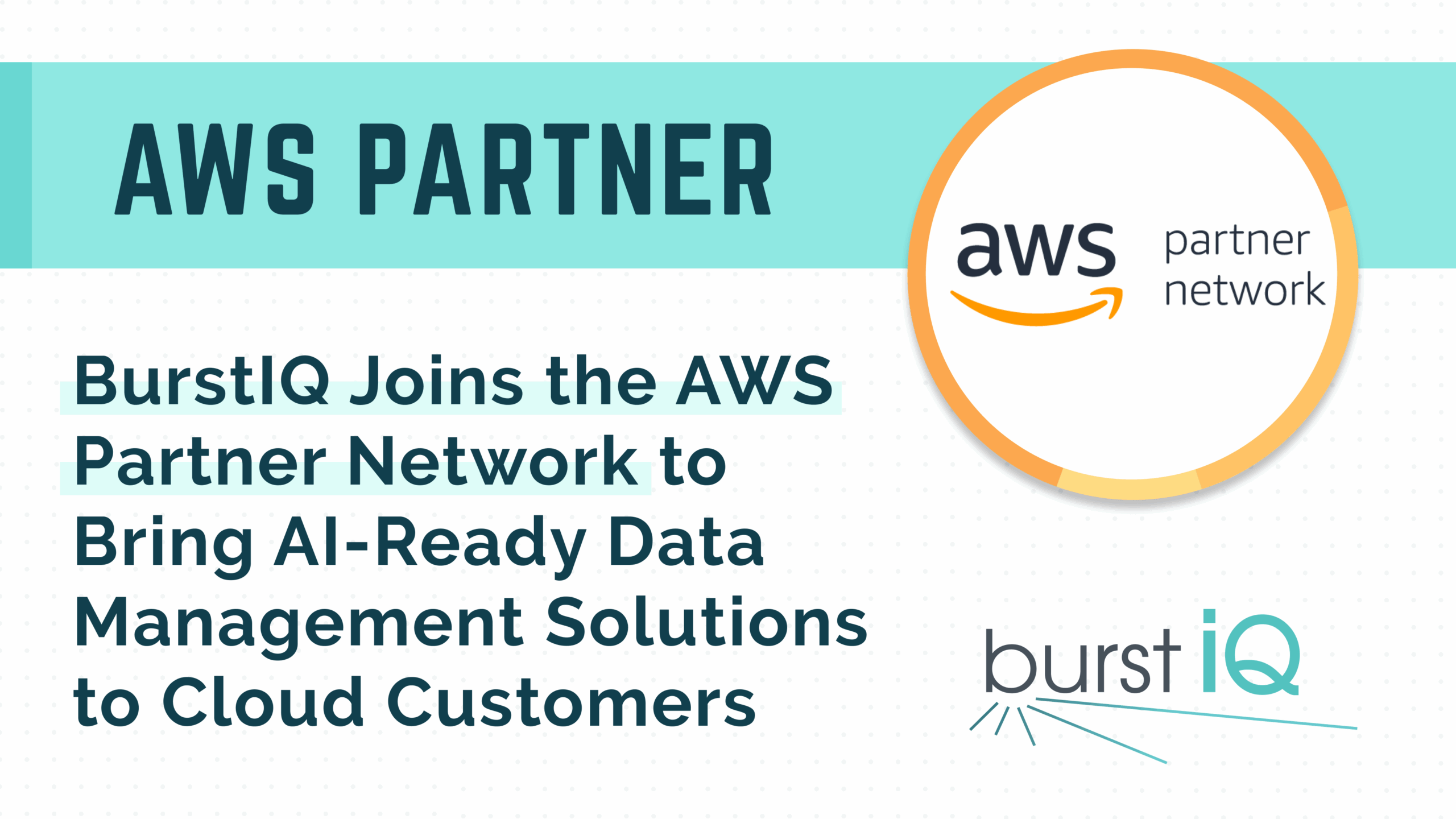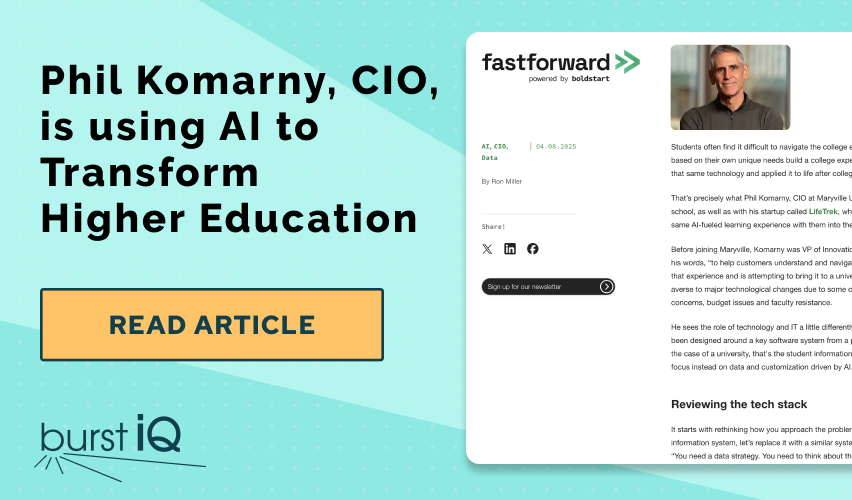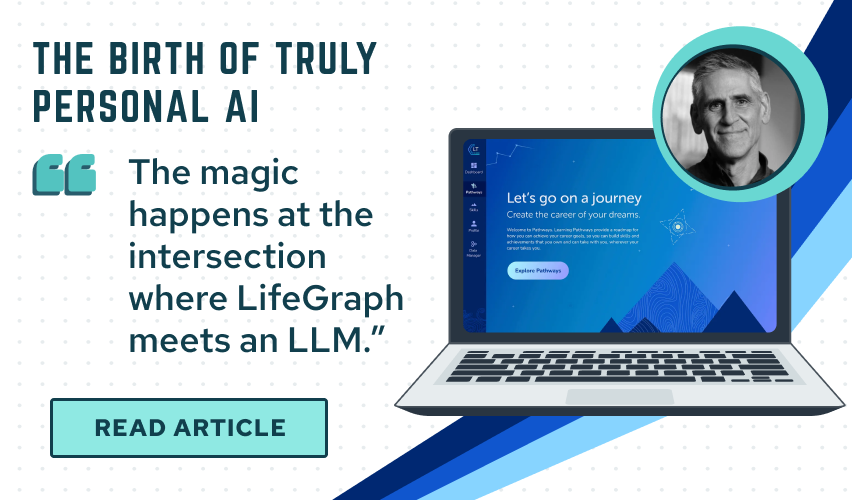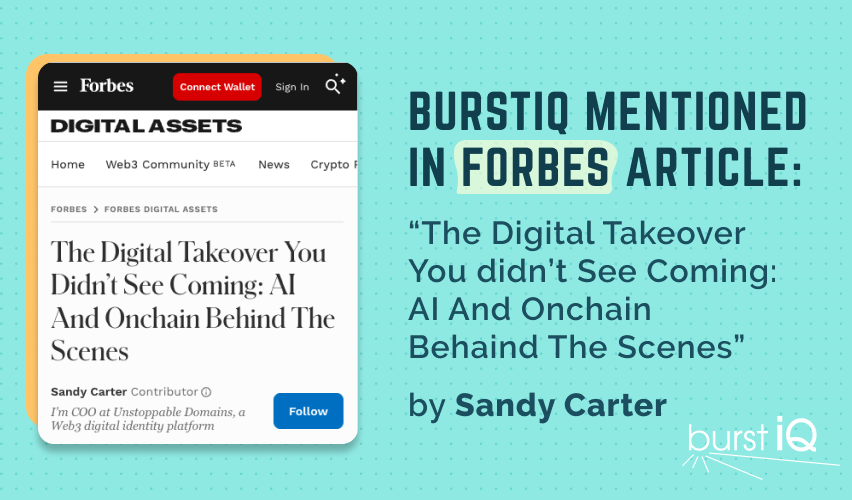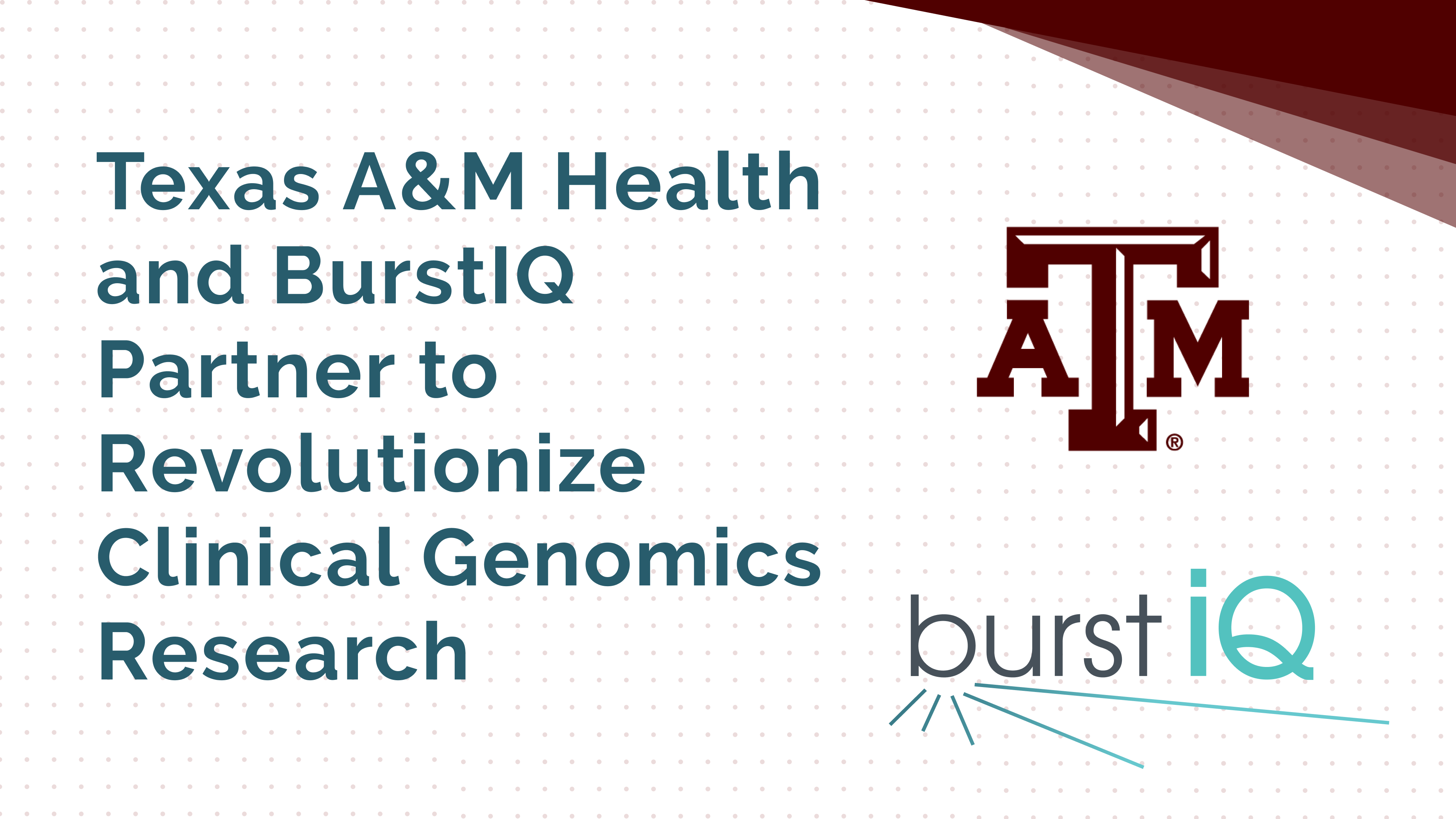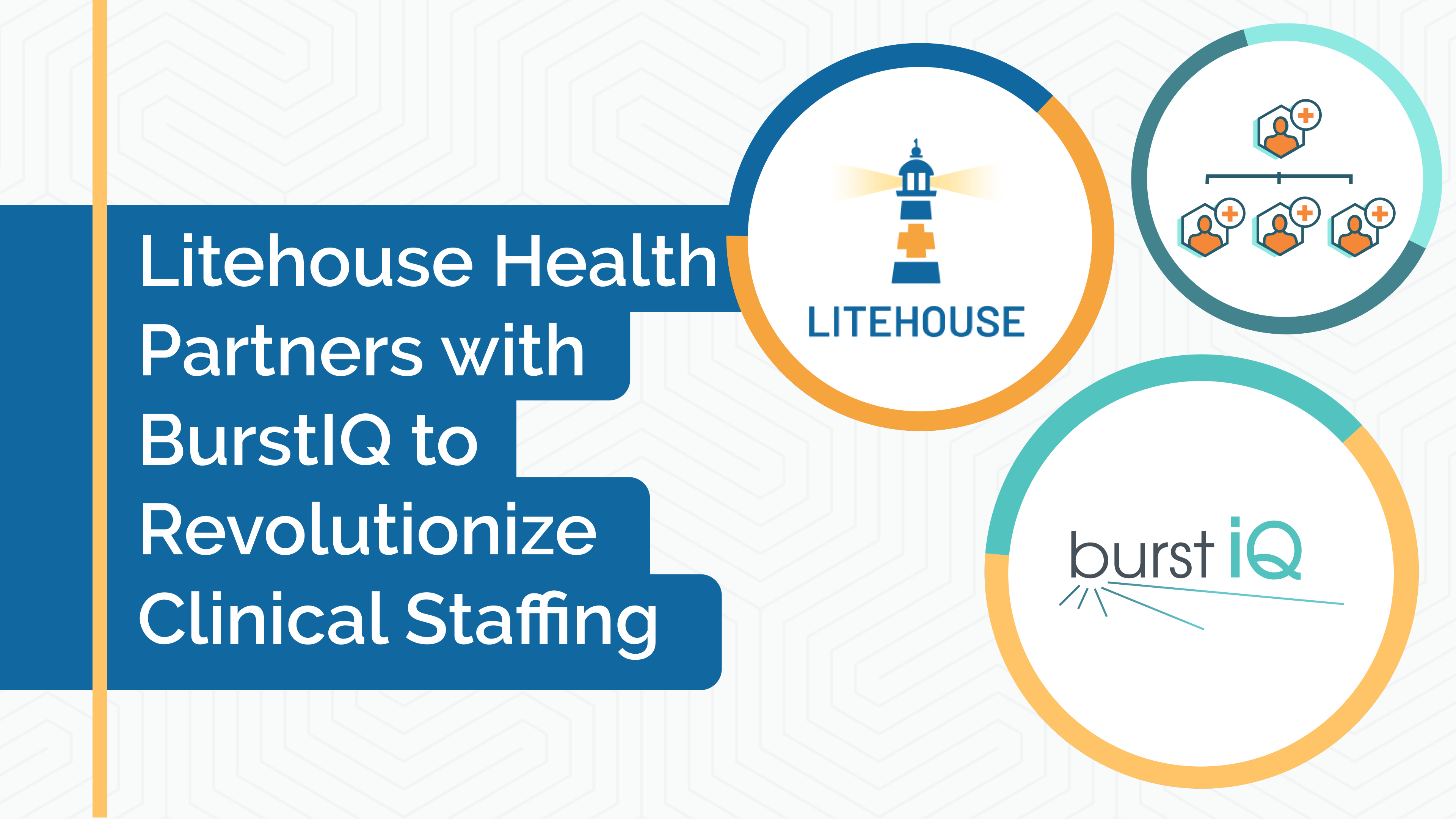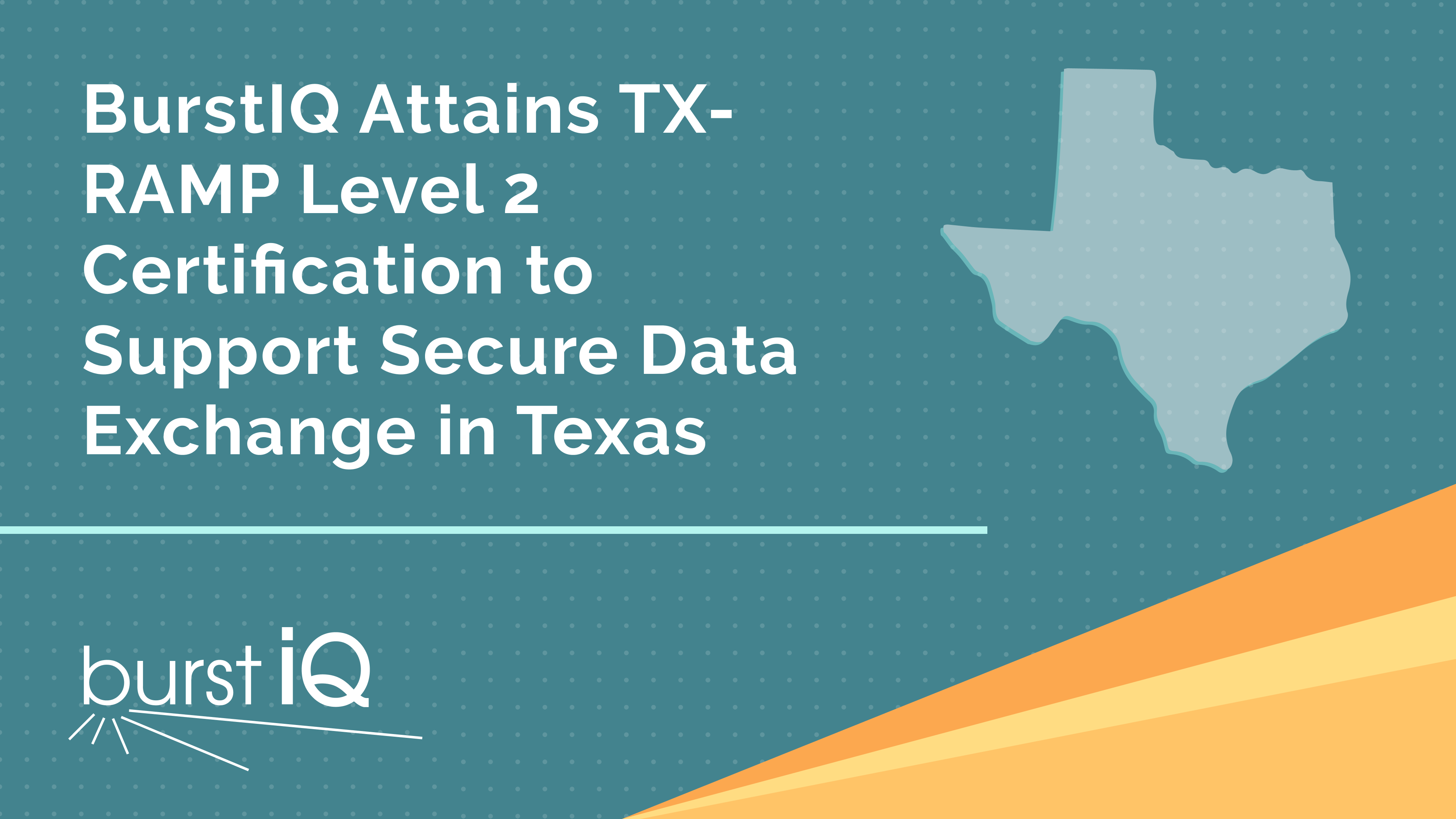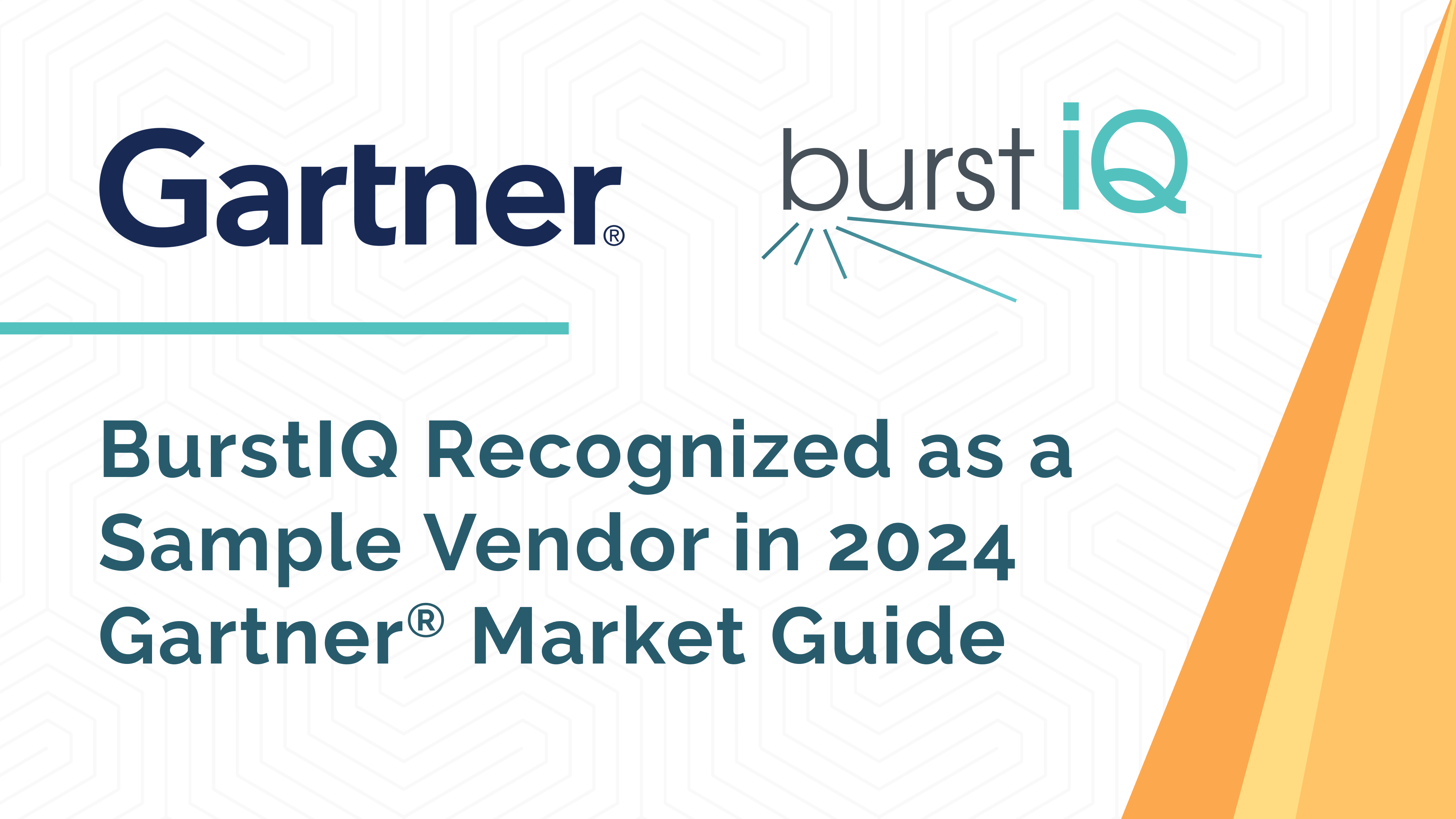Blockchain Innovations in Healthcare
Healthcare transformation
The healthcare industry is rapidly evolving from a hospital and clinic centered approach, where data were controlled by health systems, payers, and large service providers, to a new approach where healthcare services are increasingly more remote and controlled by patients.
Data are created by billions of people, devices, applications, and organizations every single day. These sources of data are used to help doctors make informed decisions, help researchers make new medical breakthroughs, and help developers build smarter and more personalized medical products. Data are also used by patients to guide actions related to health services, from treatments to proactive resources. This shift has profound implications for how organizations manage data, engage with consumers, build trust, and maximize operational efficiency.
“The healthcare industry is pushing towards a future in which healthcare services are accessible, equitable, and personalized. This future will rely on products and services that are data-driven, connected, and trustworthy.” – Brian Jackson, COO of BurstIQ
In the past five years, distributed ledger technologies, that include blockchain, have been explored as a solution to health information management. While a thorough description of blockchain is beyond the scope of this article, blockchain combines methods of decentralization, data storage, and encryption in a novel way, providing security, trust, consent, and governance.
Furthermore, blockchain data storage mechanisms are quite different from the traditional, relational, and NoSQL databases allowing for more flexible data structures. Therefore, the introduction of blockchain technologies requires a flexible mindset regarding how data can be managed and shared. (Please note that while the terms “blockchain” and “distributed ledger technology” have different meanings and applications, this article uses the term “blockchain” collectively for simplicity.)
As with the introduction of any new technology, perceptions about blockchain vary from great enthusiasm to skepticism. This article describes firsthand work experience in a blockchain company to explain the evolution of blockchain technologies within healthcare, including examples of current blockchain implementations.
Evolution of blockchain in healthcare
While blockchain is sometimes referred to as a “nascent technology” for healthcare, a few mature blockchain platforms have been in full production for health information, including BurstIQ, Hashed Health, and MedicalChain. These platform solutions exceed the basic blockchain features of audit trails, timestamping, and distributed storage into new impactful solutions for the healthcare ecosystem. This section describes how blockchain solutions designed for healthcare have evolved beyond the early blockchains designed for cryptocurrency.
For storing or processing health information, blockchain must protect the privacy of health information, and today there are more options and combinations available. While blockchain technologies were originally designed as two dichotomous types – public (“permissionless”) and private (“permissioned”) – this binary distinction is now largely obsolete. For example, public blockchains have evolved to offer permissioning with new governance options (e.g., Private Ethereum). Organizations can now also select among consortia blockchain designs or hybrid solutions that utilize a private/consortium blockchain to process data and then post a “snapshot” of aggregate data or metadata daily or weekly to a public blockchain for additional attestation.
There were also initial concerns that a blockchain would be too transparent to store health information on the blockchain (“on-chain”), so initial blockchain designs for healthcare stored data in a separate database or data lake, while the blockchain managed only time stamping and metadata. However, as blockchains have evolved beyond transactions for cryptocurrency, there is increasing realization that permissioned blockchains can meet the privacy requirements for health information. Further, on-chain storage has matured to offer data protections that are as secure as – or more secure than – electronic health record systems.
Additional planning for blockchain-based health information involves speed and cost. Healthcare settings require high-speed transactions for adding and querying health information with consideration that many healthcare organizations have. Blockchains designed for cryptocurrency tend to involve slow block generation and require a digital currency fee to process information. However, private and consortium blockchains now offer high-speed transactions without individual transaction fees because these blockchains are designed and maintained by private organizations. While some may argue that private or consortium blockchains could lead to collusion and data falsification, there is no greater collusion risk than that of traditional collaborative electronic systems enforced by legal contracts and regular monitoring. Further, regulatory agencies require organizations that create or maintain health information to undergo rigorous data quality evaluations involving internal and external audits, reducing prospects and opportunities for data falsification.
When blockchains are used to process, store, or transmit health information for healthcare organizations, they must meet the same health information privacy regulations required of conventional health record systems. Therefore, blockchains must be designed to address the Health Information Portability and Accountability Act (HIPAA) Privacy and Security Rules as well as state or regional privacy statutes, including the California Consumer Privacy Act and the General Data Protection Regulation (GDPR). Some blockchains have been independently audited and verified as meeting these requirements, including the GDPR “right to be forgotten.” Furthermore, as of 2021, there are 6 published methods by which blockchains are successfully addressing the right to be forgotten using technical and/or procedural methods.
Modern uses of blockchain in healthcare
Rather than describe theoretical applications of blockchain, this section describes two advanced developments for blockchain technology in healthcare with real-world examples.
Advanced data exchange
Blockchain has accelerated the use of connected data exchange networks. Blockchains designed to facilitate health information exchanges are required to meet the Trusted Exchange Framework and Common Agreement (TEFCA) and health data interoperability frameworks by connecting existing electronic health record systems while controlling access permissions and data flow efficiently. The most sophisticated enterprise-level blockchains currently:
- Define data ownership and customizable permission-based data sharing from a single data point to petabyte-scale data sets. Consent contracts, a specialized form of blockchain-based smart contracts, are now built into many blockchain platforms to manage permissions and automate data flow. These advanced smart contracts can be designed to specify the amount of time a receiver has permission to access data, the data elements being shared, and who has the ability to build new information based on the data shared. Far beyond fine-grained controls and complex “spaghetti networks” of blockchain communication channels, state-of-the-art blockchain-based consent contracts automate layers of informed consent and governance. This level of personalized control, integrated with AI, has greatly facilitated patient-centered data access and sharing.
- Provide the ability to apply different data standards using a schema-on-read approach, enabling the blockchain to maintain raw data integrity while tailoring query outputs to meet the unique requirements of compliance reporting, analytics, and/ or system integration.
- Integrate artificial intelligence (AI) algorithms efficiently for real-time continual machine learning and personalized analytics.
As an example of a current enterprise-level blockchain-based data exchange, Intermountain Healthcare, a hospital network located primarily in Utah, sought to reduce both cost and clinical variation in surgical services. In 2017, Empiric Health (now a division of Olive) utilized the BurstIQ blockchain to connect electronic clinical records, claims data, surgical supply chain, quality analytics, and staffing details. The blockchain provided highly complex, granular data sharing and governance, a highly flexible rules engine, automated data workflows and processes, as well as coordination of data exchanges between electronic data systems. After aggregating data using blockchain-based automated tools, Empiric Health staff applied AI, such as natural language processing, to compare cohorts of surgical patients. Empiric Health surgeons and surgical nurses then engaged Intermountain Healthcare surgeons with personalized insight and data-driven outcomes to create surgical best practices. This blockchain-based analytics solution saved Intermountain Healthcare $90 million over four years, and Empiric Health has since rolled out this methodology to healthcare organizations across the United States.
Transforming data into smart data with blockchain
Blockchain-based “smart data” contain all of the context, auditability, access rights, and security for data to be trusted, no matter how that data moves or evolves over time. Data owners or controllers can control who or what can access their data, including revoking access permissions.
Even if data are added to electronic health record systems, immunization registries, or wellness apps on a smartphone, those ownership/controller and access rights stay intact.
“Smart data will really drive the future of artificial intelligence. It allows AI engines to use any data, anywhere, and derive deeper insights from that data. So all of the experiences we create, like engagement apps, practice optimization platforms, and consumer diagnostic products – all those things get smarter.” – Tyson Henry, CTO of BurstIQ
A number of blockchain companies are getting close to implementing smart data. Verified credentials (VCs), badges and other trusted data packages are becoming a common method for establishing some degree of context and trust in data. In the case of BurstIQ, a more comprehensive form of smart data called LifeGraph® has been implemented by combining blockchain with machine learning methods. In this type of implementation, blockchain technology creates a very different approach to data security and management. First, a full smart data implementation such as BurstIQ’s LifeGraph is able to enforce better data security, ownership, and control. The design allows solution providers to not just to claim their products are trustworthy; it enables them to prove it. Second, smart data allows AI and machine intelligence tools to capture deeper context for how people, places, and things relate to each other. This additional layer enriches AI and other intelligence algorithms, so solutions are smarter, more personalized, and more optimized. Building smart data into a full network model, such as what BurstIQ has done with LifeGraph Network, allows AI and AI-enabled solutions to leverage any data, anywhere, without needing consolidation or reformatting. These solutions can easily coordinate with other solutions, tap into additional data sources, or create more enriched experiences for their users.
One example of how smart data technology is being implemented can be seen in the collaboration between the National Center for Advancing Translational Sciences (NCATS), a division of the National Institutes of Health (NIH), and BurstIQ. In May 2021, NCATS integrated a LifeGraph Network with their computational infrastructure so that researcher collaborators could share data with each other while maintaining ownership and traceability of their contributions, which is critical for maintaining intellectual property rights.
This blockchain-based solution demonstrated that by increasing researchers’ ability to collaborate with each other quickly and confidently, the collaborative research network could streamline the translational research process and accelerate the pace of research.
Cautions
Blockchain technologies offer great opportunities to enhance healthcare data management, but it is important to realize that blockchain is software, not magic, and cannot solve many problems inherent with health information. Specifically:
- Health information is notoriously inaccurate due to many factors, including data entry errors, patient non-compliance, or the difficulty of keeping records current among multiple healthcare providers. One pharmacy professor explained to the author that a patient’s medical record becomes inaccurate soon after the patient walks out of the clinic. While blockchain-based information can be appended with corrections, blockchain technologies are not designed to improve the quality of the original health information.
- While blockchain technologies are very secure, they are not impervious to all malicious attacks or programming bugs. When used for health information, blockchain technology requires the same level of scrutiny and oversight as other health information technologies.
- When blockchain technologies are used to offer patients more control of their health information, it is valuable to note that patients may have limited access to computer devices or could face barriers due to age, language, education, or physical characteristics. While blockchain enables technology and data connections, this technology is not likely to overcome traditional obstacles to technology and data accessibility.
Conclusions
As blockchain technology becomes more widely used as a data management solution for healthcare, health leaders should examine current blockchain uses and value propositions. The growth in blockchain will not only lead to advancements in smart data, but to advancements in data intelligence, personalized medicine, and autonomous systems. These technologies may prove critical to foster patient-centered designs that allow patients more control over accessing and sharing their health information.
“The future of healthcare will be driven by data, and blockchain technology is the enabling foundational technology.” –Frank Ricotta, CEO of BurstIQ
Ultimately, organizations should carefully evaluate how blockchain could enable more flexible data models, infrastructure, governance, and security protocols to maintain compliance with evolving healthcare regulations and technology needs. It will be necessary to educate healthcare stakeholders about the potential benefits of blockchain and proactively consider implementation and oversight.
Acknowledgements: The author gratefully acknowledges the assistance of Amber Hartley and Hayley Miller in preparing this article.
Read the full magazine issue: PECB Insights – ISSUE 33 / JULY – AUGUST 2021
About BurstIQ
BurstIQ is the leading provider of blockchain-enabled data solutions for the identity, healthcare and life sciences industries. The company’s secure data exchange network combines blockchain, multi-layered governance and best-in-class security to build multi-dimensional profiles, called LifeGraphs®, of people, places and things, and empower the connections between them. LifeGraph® Network allows organizations to manage the ownership and sharing of sensitive data, with consent, governance and process automation built in. The result is a global, secure data network that allows health systems, payers, digital health companies, pharma & life science companies and governments to collaborate, share, discover and build the impossible.
For more information visit: www.burstiq.com| Facebook| Twitter| LinkedIn| YouTube
